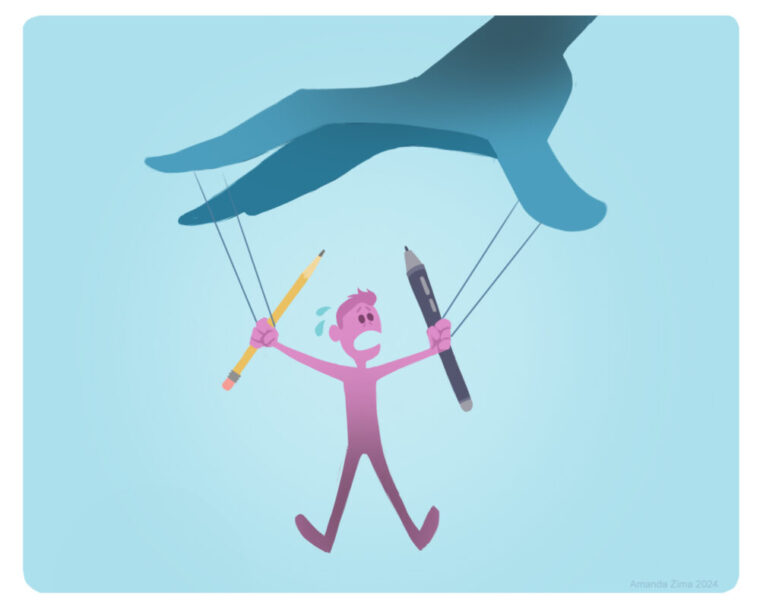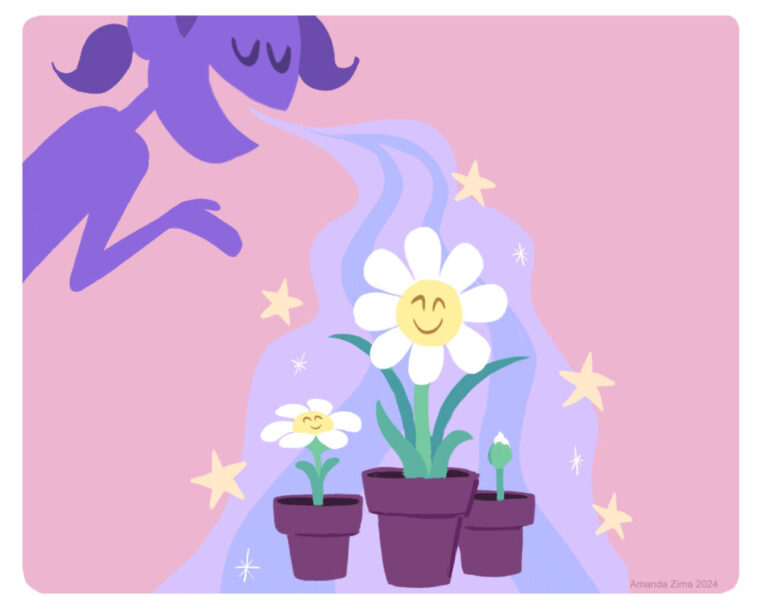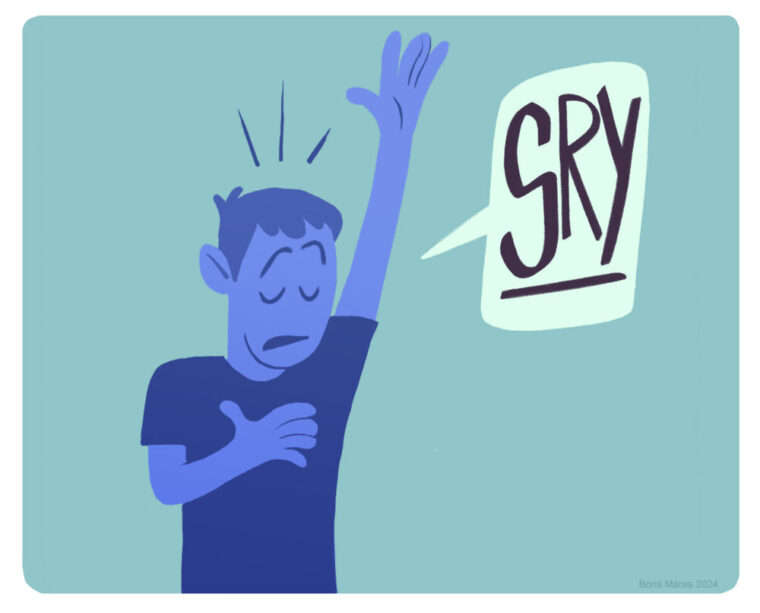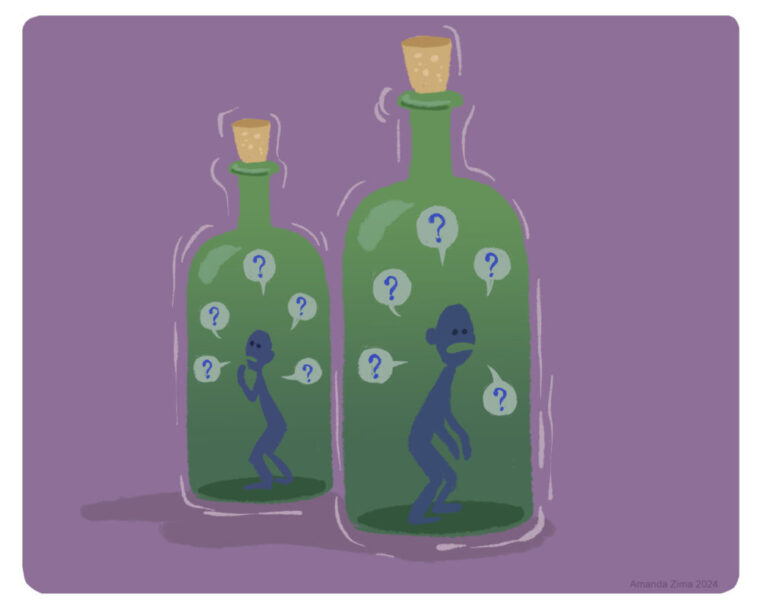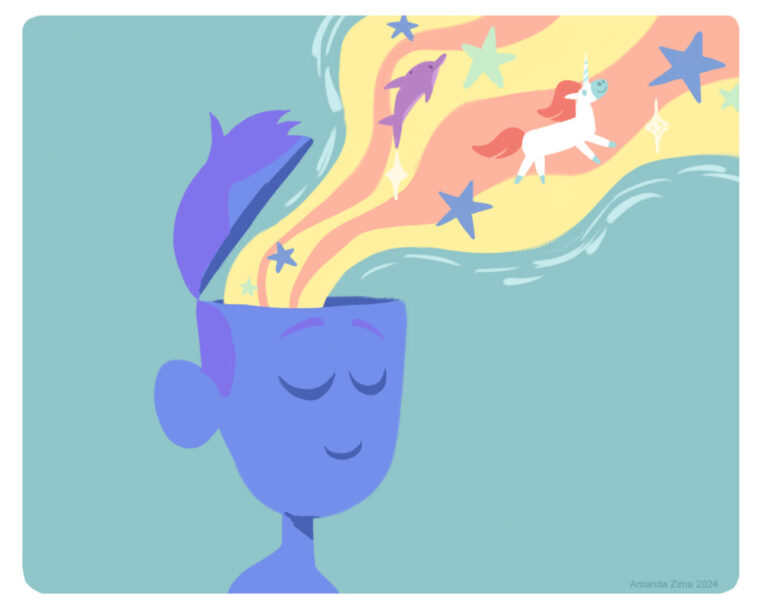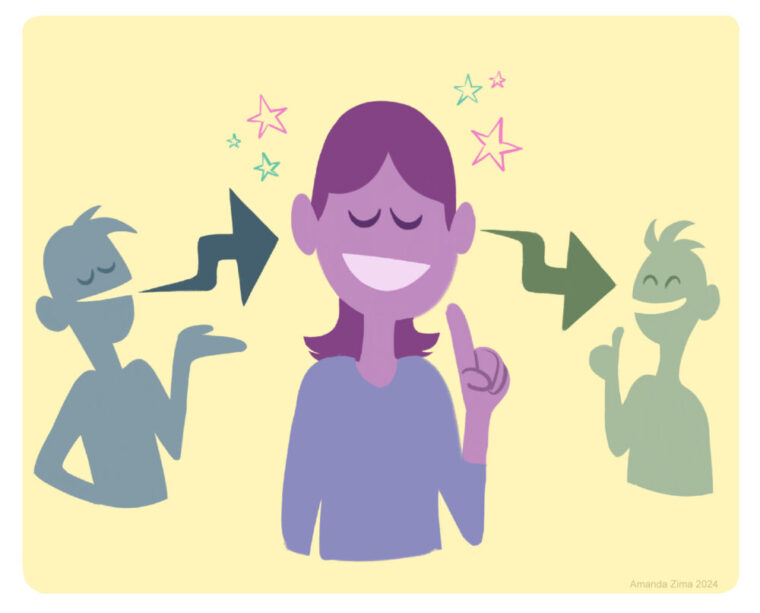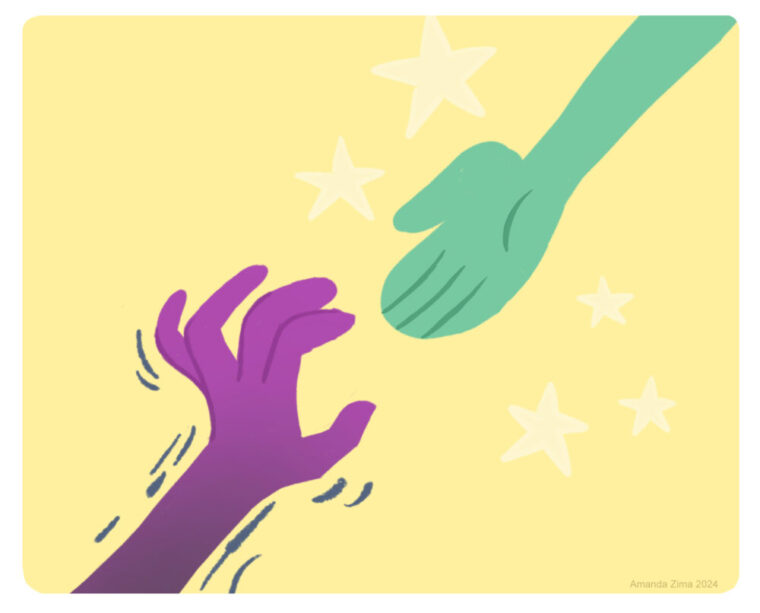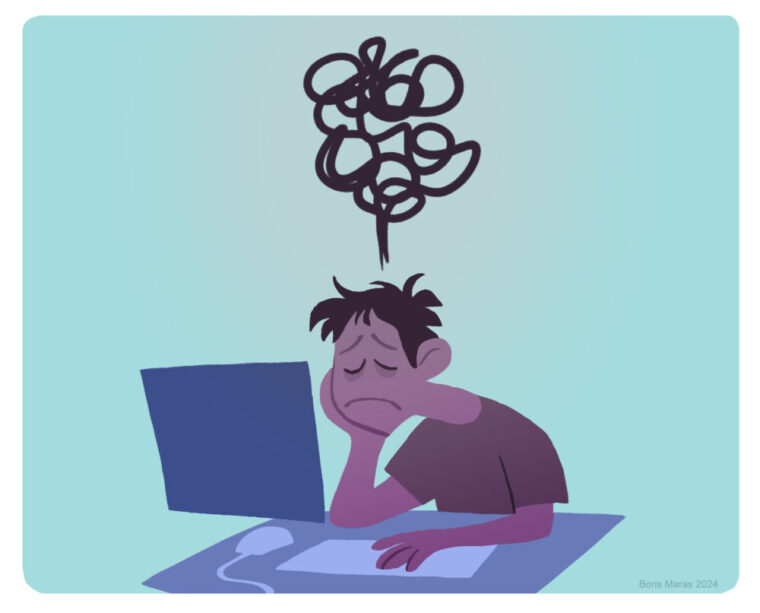By Boris Maras
Throughout my 14-year career journey spanning over 10 different animation studios I’ve encountered a wide range of supervisory styles, some of which have been more successful than others. From these experiences, I’ve distilled my preferences into what I think makes an effective animation supervisor. Now, approaches may vary a lot based on your company’s structure or what part of the animation industry you work in, but I think these tips hold universal value across our industry.
1. Don’t Animate Through People
Your animation team is made up of many unique individuals that each have their own voice. Encourage animators to express their creative vision rather than imposing your own onto their shot. It can be easy to fall into the trap of micro-managing an artist to do exactly what you would do. 10 different animators will end up approaching the same scene in 10 different ways, but that’s the beauty of art. Help them elevate their own ideas instead of giving notes that simply make the shot different.
In other words, don’t animate through them, let them find the right path. Remember, the role of a supervisor is to support and guide, not dictate the creative process.
2. Prioritize Team Development and Growth
Balancing project needs and deadlines while nurturing your team’s growth and satisfaction is crucial. As much as possible, you should avoid selfishly claiming all the ‘juicy’ shots and instead focus on supporting your team’s collective success. I feel like it’s more beneficial to have a supervisor act as a pressure release valve that can take on work when unexpected things arise (artists being out of office, dramatic changes in scheduling, technical headaches). Having a long term view beyond just your current project is important and focusing on everyone’s future development will only make your team stronger. Spread the good shots out and assign work with the intention to challenge or reward your artists depending on the situation. A healthy work environment where an artist can feel more fulfilled and see growth leads to better productivity and morale.
Provide varied opportunities for growth, avoiding typecasting and nurturing a well-rounded team capable of tackling diverse challenges. Encourage animators to step out of their comfort zones and explore new techniques and styles.
3. Take Accountability
We all make mistakes and even an experienced supervisor isn’t always going to get it right all the time. You might lead an animator astray or quite literally tell an animator to do the exact opposite of what the director will end up wanting. It happens. But you have to acknowledge it and rectify your mistakes transparently so that your decisions don’t reflect poorly on someone else. Admitting when you’re wrong sets a positive example and helps earn the trust and respect of the crew. You’re all on the same team after all.
4. Avoid Being a Bottleneck
It’s a delicate balance, you want to maintain quality and control the animation but you also don’t want to become a roadblock between the animators and the director. As an animator, it’s easy to feel frustrated if you’re ready to show the director (or have questions for them) but the department hierarchy is to iterate with supervisors and heads of animation before being able to show the director a first pass. It’s a process that can often lead to delayed feedback and a good possibility of the animator doing unnecessary work before finding what the director wants out of a shot.
Having a clear path for the artists to show their work to the director without having extra hurdles to jump through is the most efficient way to do the job. As a supervisor the last thing you want is to waste your animator’s time. Establishing enough trust with the crew and making an efficient system for people to routinely get feedback without having to needlessly iterate and redo work is really important.
5. Communicate Casting Changes
A shot can be reassigned for a lot of different reasons and it’s not always that the animator isn’t doing a good job. Discuss shot reassignments with the original animator to ensure clarity and prevent misunderstandings. If a fix comes in after the shot is finished, oftentimes it can be done much faster by the original animator so it’s always worth checking with them if they can accommodate it into their schedule. This also helps with ownership and preserving the integrity of their work. It’s never a fun feeling watching a finished project and realizing a few changes were made to my shot that I would have been happy to do. Effective communication builds trust and reduces friction within the team.
6. Understand Individual Workflows
Everyone is different. You have to recognize that each animator may have a unique workflow and approach to their work. Understanding their process and what stage they’re at is important so when reviewing their work in progress you can adapt your supervisory style accordingly. It also helps to know what kind of notes to give. Is this a rough mock-up to ask some general questions, a first pass of blocking, have they animated the mechanics thoroughly but not really animated the faces, is this a polished pass for final? It might sound like these distinctions would be obvious, but depending on the person’s process the line between these steps can be blurry and overlap.
7. Facilitate Clear Communication
It’s important to bridge any communication gaps between directors and animators. When an animator is showing their work in dailies you must ensure that the feedback is understood and implemented effectively. This is especially important when a director isn’t as experienced in animation (maybe they’re coming from live action or are new to the industry) and doesn’t have a full understanding of all animation terminology. When an artist gets their notes and heads back to their desk, it should be crystal clear what they need to do. If they’re unsure of what the note is exactly and they spend time implementing something that isn’t right, it’s a lot of wasted time and effort. Offer to talk over the notes to make sure the animator knows what direction they need to head in next.
8. Embrace a Supportive Approach
As a supervisor, adopt more of a coaching and support role. You may be in charge of a character, full sequence or episode so taking a broader view of things is more helpful. If you try and remain hyper-focused on animating your own shots, it’s easy to lose sight of what could be more beneficial to the team as a whole. There are plenty of benefits to adding more to a character’s pose library, tracking a character’s emotional arc throughout the sequence, finessing hookups, communicating with other departments (like simulation and effects to get ahead of problems), or providing more drawovers for model appeal, etc. There is a lot for a supervisor to do on a production that will help the team, so don’t get caught up in only one aspect of the job.
9. Combat Overwork and Protect Your Team
This is easier said than done but we should always be striving for realistic deadlines and manageable workloads to prevent burnout and focus on a healthy work-life balance. For me, talent retention is really important and crucial to long term success and productivity. If you spend the time training and developing people’s skills you want to treat them with respect to make sure they want to stay at your company for as long as possible. You also get the best work from a team of rested and happy people. Grinding and doing a ton of overtime repeatedly doesn’t lead to a healthy environment and is often way more expensive for the value you get back.
Being a great supervisor isn’t always about being the best or most technical animator, it’s about creating a supportive and collaborative environment where the animation team can be at their most creative and do their best work. Nobody is perfect in their approach but thinking about the team and what your purpose as a supervisor really is can make an immense difference in your artists lives, and they will be more grateful that you tried to make the experience of working with them a pleasant one.

Boris Maras was previously an animation director on Netflix’s Blue Eye Samurai and an animator at DreamWorks and Disney for many years, working on titles such as Kung Fu Panda 4, Strange World, Encanto, Raya and the Last Dragon, Frozen 2, Ralph Breaks the Internet, Once Upon a Snowman and Baymax.
For more info, visit borismaras.com or follow him on @borismaras on Instagram.





